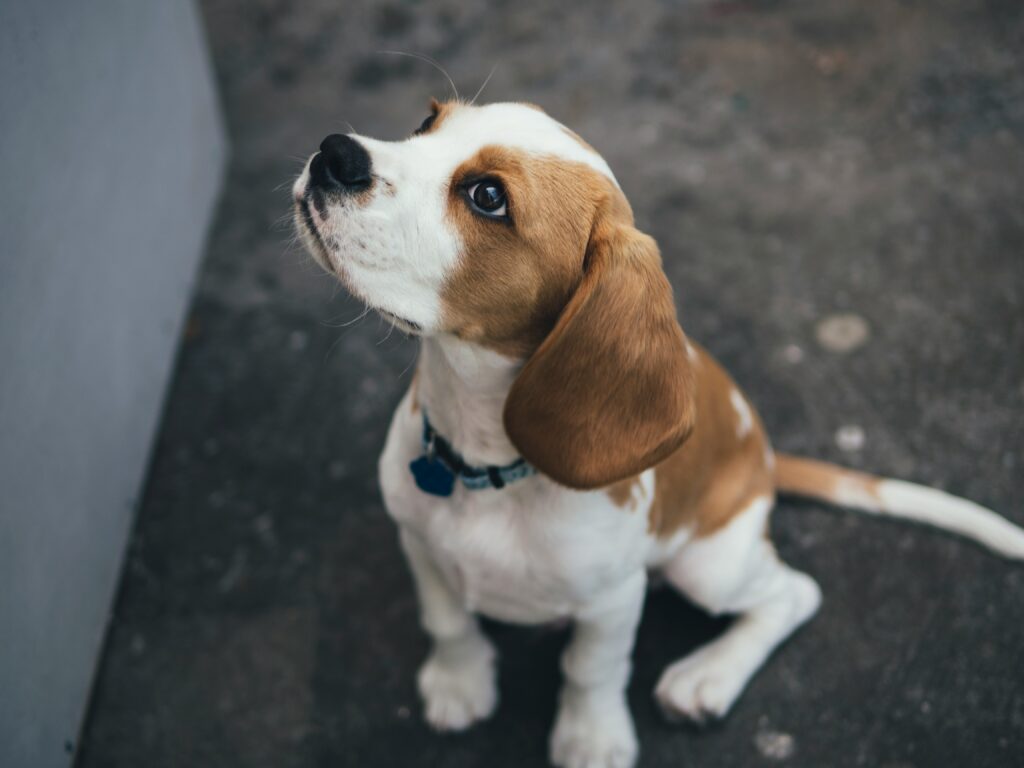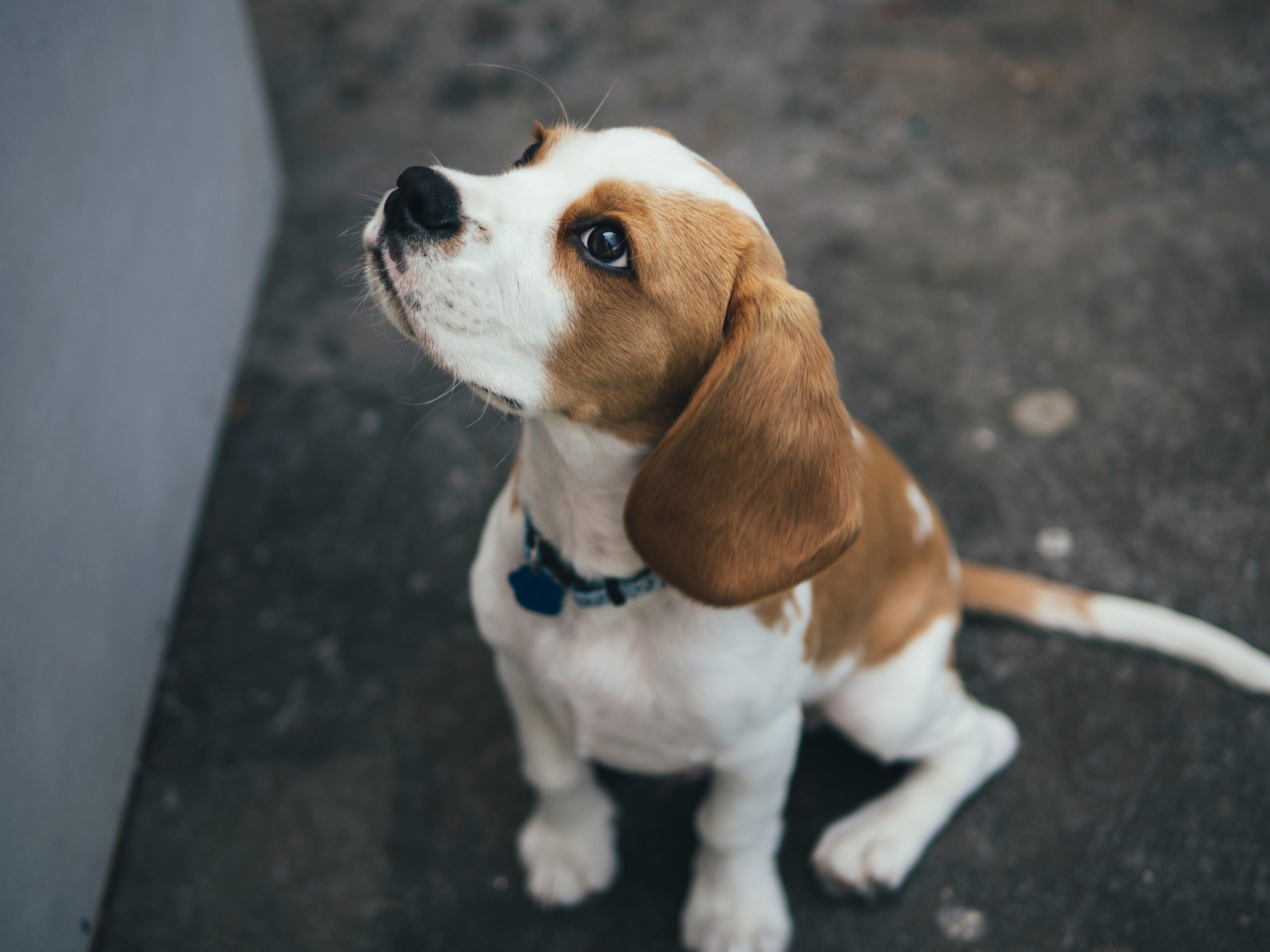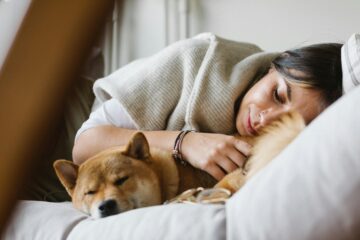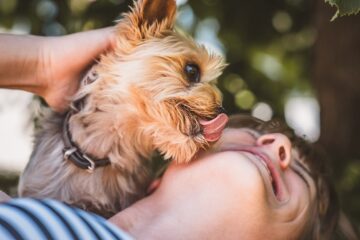Ever walked into a room only to discover your dog left an unexpected surprise?
We get it – dealing with indoor urination can be a head-scratcher for pet owners.
Whether you’ve got a new pup in training or a seasoned dog with a sudden bathroom rebellion, fear not!
This guide is here to unravel the mystery with 12 down-to-earth tips on How to Stop Dog Urinating Indoors.
First things first, understanding why your dog is doing the indoor tinkle dance is crucial.
Maybe it’s a training hiccup, a health concern, or just some territorial canine flair.
Don’t worry; every dog’s got its own quirks, and we’re here to help you make sense of them.
Now, let’s dive into these 12 tips – think of them as your secret weapon against surprise puddles.
From setting up a solid bathroom routine to making your space less “pee-worthy,” we’ve got tricks that will turn your home into a no-go zone for indoor doggy bathrooms.
Table of Contents
Unveiling Harmony: Tips on How to Stop Dog Urinating Indoors

1] Understanding Triggers
Decode the mystery of indoor urination by closely observing your dog’s behavior.
Indoor accidents can be linked to various triggers, including anxiety, territorial marking, or underlying health issues.
Consistently monitoring your dog’s actions and identifying patterns will help you decipher the message behind the urge.
Once you understand the root cause, you can tailor your training approach to effectively address the specific issue triggering indoor urination.
2] Consistent Outdoor Breaks
Establishing a consistent routine of outdoor bathroom breaks is fundamental to preventing indoor accidents.
Dogs thrive on routine, and regular trips outdoors help them associate the appropriate location for relieving themselves.
Patience and consistency are key during the training process.
Set a schedule that aligns with your dog’s needs, reinforcing the connection between outdoor breaks and proper bathroom behavior.
Tip: “Be patient and consistent during training to minimize indoor accidents.”
3] Positive Reinforcement
Celebrate your dog’s successes outdoors with enthusiastic praise and rewards.
Positive reinforcement creates a strong association between using the outdoor space for bathroom activities and receiving positive feedback.
This encourages your dog to repeat the desired behavior, making it more likely for them to choose the outdoors as their designated bathroom area.
Consistency in praising outdoor successes strengthens this positive connection.
4] Designated Bathroom Area
Designate a specific outdoor area for your dog’s bathroom activities.
Consistently guiding your dog to this preferred spot reinforces the association between the outdoors and proper bathroom breaks.
Positive reinforcement, such as treats or verbal praise, when they use the designated area, reinforces the desired behavior.
Over time, your dog will recognize this spot as the appropriate place for relieving themselves.
• Designate a specific outdoor bathroom area. • Guide your dog consistently to this chosen spot. • Reinforce the connection between outdoors and proper bathroom breaks. • Use positive reinforcement like treats or verbal praise. • Over time, your dog will recognize this spot for relieving themselves.
5] Address Anxiety
Indoor urination can be a manifestation of anxiety in dogs.
Create a calm and stress-free environment for your furry friend.
Provide comforting spaces, such as a cozy bed or a quiet corner.
Identify and address any anxiety triggers, helping your dog feel secure and confident.
Dogs that are calm and at ease are less likely to resort to indoor urination as a coping mechanism for stress.
6] Regular Vet Check-ups
Regular veterinary check-ups are crucial to rule out any underlying health issues contributing to indoor urination.
Health problems, such as urinary tract infections or incontinence, may be factors in accidents.
A proactive approach to your dog’s health ensures prompt detection and appropriate treatment of any medical issues that could be influencing their bathroom behavior.
Tip: “Prompt attention to health problems like urinary tract infections ensures a clean and healthy home.”
7] Adjust Feeding Schedule
Sync your dog’s feeding schedule with their bathroom needs.
Regular meals and timely bathroom opportunities help regulate their digestive system, reducing the likelihood of accidents between scheduled outdoor breaks.
Establishing a synchronized routine ensures that your dog’s body is on a predictable schedule, making it easier to anticipate when they will need to relieve themselves.
8] Cleaning Products
Eliminate indoor urine odors thoroughly using enzymatic cleaners.
Dogs may be drawn to the scent of previous accidents, leading to repeat offenses.
Enzymatic cleaners break down and neutralize the odors, discouraging your dog from revisiting the same spots.
A clean environment is essential for successful indoor training and helps create a fresh slate for your dog to associate with proper bathroom behavior.
Tip: “A clean slate with no lingering scents minimizes the chances of revisiting the same spots.”
9] Indoor Grass Pads
Indoor grass pads can serve as a practical alternative for bathroom breaks, particularly in situations where outdoor access is limited or during inclement weather.
These pads mimic outdoor grass, providing a familiar substrate for your dog to use.
Introduce the indoor grass pad as part of the training routine, reinforcing positive behavior when your dog uses it.
Gradually transitioning to outdoor breaks can be facilitated once your dog has mastered the concept.
10] Dog Diapers
For dogs dealing with incontinence or age-related issues, dog diapers offer a practical solution.
Diapers allow your canine companion to maintain dignity while effectively managing indoor accidents.
Choose diapers that are comfortable, properly sized, and easy to put on.
Regularly check and change diapers to ensure your dog remains clean and comfortable.
This approach provides a compassionate way to address bathroom challenges associated with specific health conditions.
Tip: “Effective solutions that contribute to a clean and respectful indoor environment.”
11] Create a Comfortable Routine
Establishing a comfortable routine for your dog involves creating predictable bathroom times.
Consistency in routine reduces anxiety and reinforces good bathroom habits.
Dogs thrive on predictability, and a well-structured routine helps them understand when to expect bathroom opportunities.
Whether it’s morning, midday, or evening, maintaining a consistent schedule contributes to a calm and stress-free environment.
12] Professional Training Assistance
If indoor urination persists despite your efforts, seeking professional training assistance is a proactive step.
Canine behavior specialists can provide personalized strategies to address specific challenges your dog may be facing.
These specialists analyze your dog’s behavior, tailoring solutions to meet their unique needs.
Professional guidance ensures a customized approach, leading to a harmonious and accident-free living environment for both you and your furry companion.
In the guidance of professionals, indoor urination takes a bow, and tailored solutions step into the limelight.
How to Stop Dog Urinating Indoors – FAQs
Can indoor urination be a sign of a health problem?
Yes, indoor urination may indicate underlying health issues. Regular vet check-ups help rule out health concerns and address them promptly.
What if my dog refuses to use the designated outdoor area?
If your dog avoids the designated outdoor area, reassess its appeal. Ensure the area is clean, comfortable, and free from distractions that may discourage bathroom activities.
How long does it take to stop indoor urination?
Training timelines vary, but consistent efforts can show positive results within a few weeks. Patience and understanding your dog’s needs are key to successful training.
Can older dogs be trained to stop indoor urination?
Yes, older dogs can be trained. However, it may require additional patience and consistency. Addressing any health concerns is crucial in older dogs.

In conclusion, putting an end to indoor dog urination is a journey that requires patience, consistency, and understanding.
By implementing the 12 tips provided in this guide, you can address the root causes of the behavior, establish effective training routines, and create a positive environment that encourages proper bathroom habits.
Celebrate the small victories, stay committed to the process, and enjoy the benefits of a harmonious living space where accidents become a thing of the past.
Your efforts will not only improve your dog’s behavior but also strengthen the bond between you and your beloved pet.





